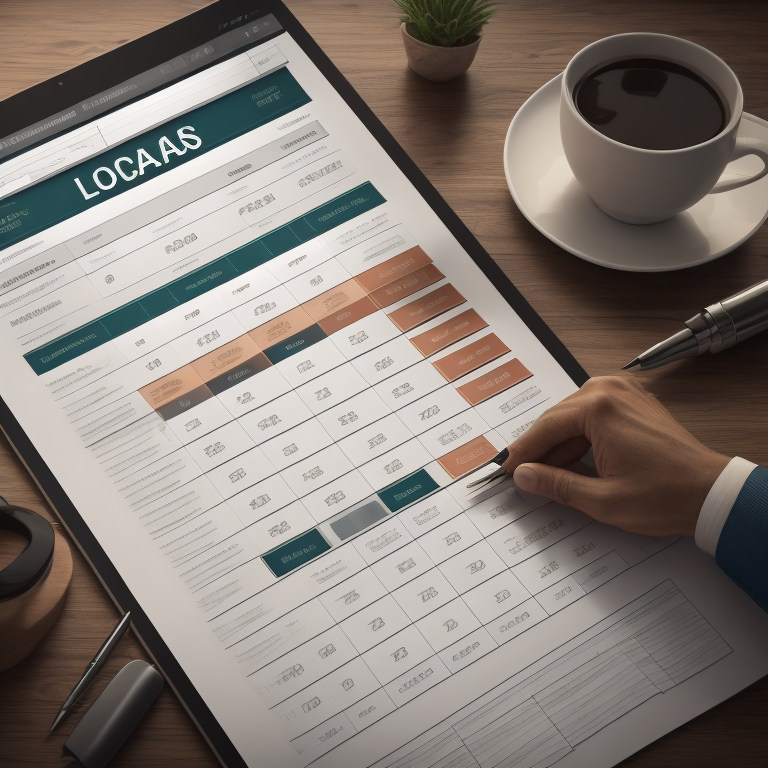How To Calculate Employees Regular Hours, Night Differential & Overtime
Accurate payroll computation for employees hours work is essential it should be done by working system for time tracking to record the time-in and time-out for daily time records. Computation of timesheet is tricky, not only recorded time in biometric device as source of data but we should include the approval filing of notices like locator slip, overtime, leave, broken time, invalid logs, and temporary shift.
Component lookup in timesheet processing.
- Employee Shift Schedule -> work schedule setup that defines start time, end time, regular hours, day tagging (regular day or rest day),
- Holiday table -> list of dates that are regular holiday, special holiday etc.
- Filing of notices -> overtime, leave, locator slip, broken time etc.
- Early time out -> dates of suspension of work due to bad weather or other company activities, but employees must be counted as complete regular hours for those employees are not late.
Logical process of HR Payroll System for timesheet computation is to distribute the workhours for regular hours, overtime hours, night differential, overtime hours + night differential and define the work date if regular day, rest day, special holiday, special holiday & rest day, regular holiday, regular holiday & rest day, double holiday, double holiday & rest day.
Workhour Distribution (Regular day, Rest day, Holidays)
- Regular Hours = Regular Hour - (late + undertime + Night Differential).
- Regular Overtime = Excess time for regular hours work and approved by head department.
- Overtime + Night Differential = overtime work from 10:00pm to 6:00am.
- Night Differential = Regular time from 10:00pm to 6:00am.
After timesheet processing, the timekeeper will review the generated report of employee workhour distribution to make it sure that output result is correct. Those employee with changes of notices should be reprocessed until to achieve the correct results.
LATEST BLOG POST
HRIS: Payroll Process
The payroll process involves calculating and disbursing employee salaries, wages, and benefits on a regular basis. Stay updated with employment laws, tax regulations, and other relevant compliance requirements to ensure accurate payroll processing and avoid penalties or legal issues.
HRIS: Timekeeping Process
Implementing an effective timekeeping process helps ensure accurate payroll calculations, compliance with labor laws, and fair compensation for employees' work hours. It also provides valuable data for analyzing workforce productivity and resource allocation.
HRIS: Recruitment and Training
Recruitment and training should be ongoing processes to attract and retain top talent and ensure the team is equipped with the necessary skills and knowledge to meet organizational goals.
HRIS: Human Resources
Human resources (HR) is a crucial department within an organization that focuses on managing and developing the people who work for the company. The HR department is responsible for various functions related to employee recruitment, hiring, training, performance management, benefits administration, and employee relations.
Understanding the Basics of Payroll Processing
Payroll processing is the administrative task of calculating and distributing employee salaries and benefits. It involves several steps, including collecting and verifying employee time and attendance data, calculating wages and deductions, and generating paychecks or direct deposits.
DTR Timekeeping Tips: Do's and Don'ts
Employers must keep accurate records of non-exempt employees work hours to comply state and local laws. This straightforward process can become complex when employees start work early or leave late, travel for business, participate in company trainings, and use mobile devices to remain connected to work after-hours.
Employee Timekeeping: Tool to Improve Efficiency and Accuracy
Overall, implementing a reliable timekeeping tool can significantly improve efficiency and accuracy in employee time tracking. It streamlines processes, reduces errors, ensures compliance, and provides valuable data for decision-making.
Automate Loans Deduction using Payroll Setup
By following these steps, you can automate loan deductions using payroll setup, saving time and ensuring accuracy in loan repayments for your employees.
Transforming HR into Digital Through Technology
By embracing technology and digitizing HR processes, organizations can streamline operations, improve employee experience, and enable HR professionals to focus on strategic initiatives that drive business success.
Timekeeping and Attendance Setup
Specific setup and configuration of your timekeeping and attendance system will depend on the unique needs and requirements of your organization. It's important to adapt these steps to fit your specific circumstances and consult with HR professionals or software providers for guidance.
Tips how to start?
- Create an account.
- Verify the account via email sent by the system after registration is completed.
- Fill-up the form available in your dashboard account and wait for admin approval.
- After your account is approved the first step to do is create a department located at HRD -> Tools -> Department.
- Now ready to create employee master data located at HRD -> Employees.
- Steps How to Test and Explore HRIS and Payroll System.
- Explore the HR Payroll user guide manual as reference for self-testing.
Free Online Tools
- Mortgage Calculator
- Alphalist Conversion to BIR .Dat File Format
- BIR Alphalist .Dat File Conversion to ITR Form 2316
- BIR Relief Purchases Dat File Conversion
- BIR Relief Sales Dat File Conversion
- BIR Relief Importation Dat File Conversion
- SSS R3 File Generator Monthly Payment
- DTR Biometric Finger Scanner Time & Attendance System Free Download
Contact Us, those organizations need to modernize HR Management Tools and a paperless solution to speed-up the entire process of human resources and the automation of timekeeping to payroll processing that every process module has approvals.









